Hallux Rigidus Shoes
Read More >
Hallux Rigidus affects the big toe joint, limiting the range of motion and becoming increasingly painful and stiff as the condition deteriorates. The correct footwear, insoles and exercises can significantly improve pain levels and reduce the speed of deterioration in those with the condition.
Hallux Rigidus is a condition that we regularly see in our clinics. In this article, we will provide the exercises that, in our experience, provide pain relief and help to preserve the joint.
The best exercises for Hallux Rigidus should consist of a range of motion exercises for the ankle and big toe joint, stability exercises for the foot and strengthening exercises for the big toe joint.
A loss of dorsiflexion of the big toe joint is associated with this condition, so we aim to maintain your current flexibility without irritating the joint; with that in mind, be careful to avoid overstretching or forcing a stretch into the big toe as this has the potential to inflame the area.
Improving the stability of the foot reduces the force being applied to the big toe. In addition, the reduced range of the big toe can weaken its muscular attachments as patients use it less and less subconsciously. Hence, it is essential to strengthen muscles such as the Flexor Hallucis Longus in isolation.
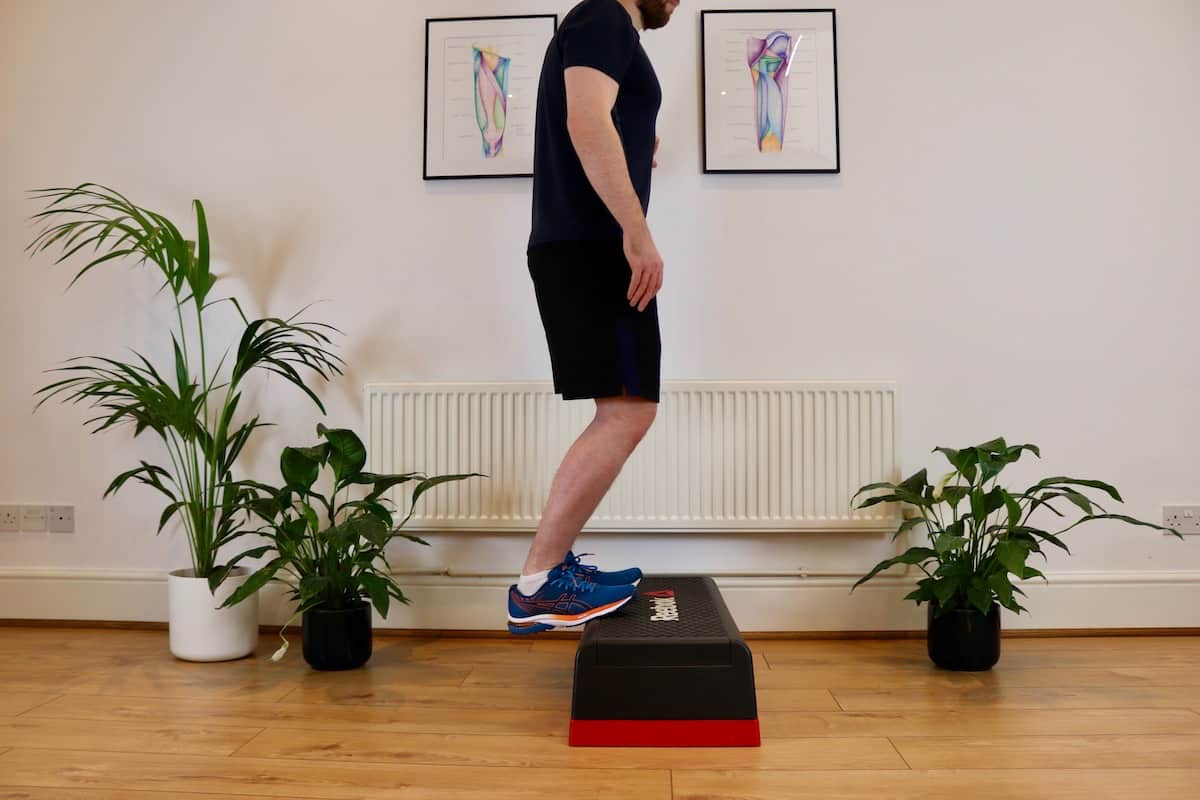
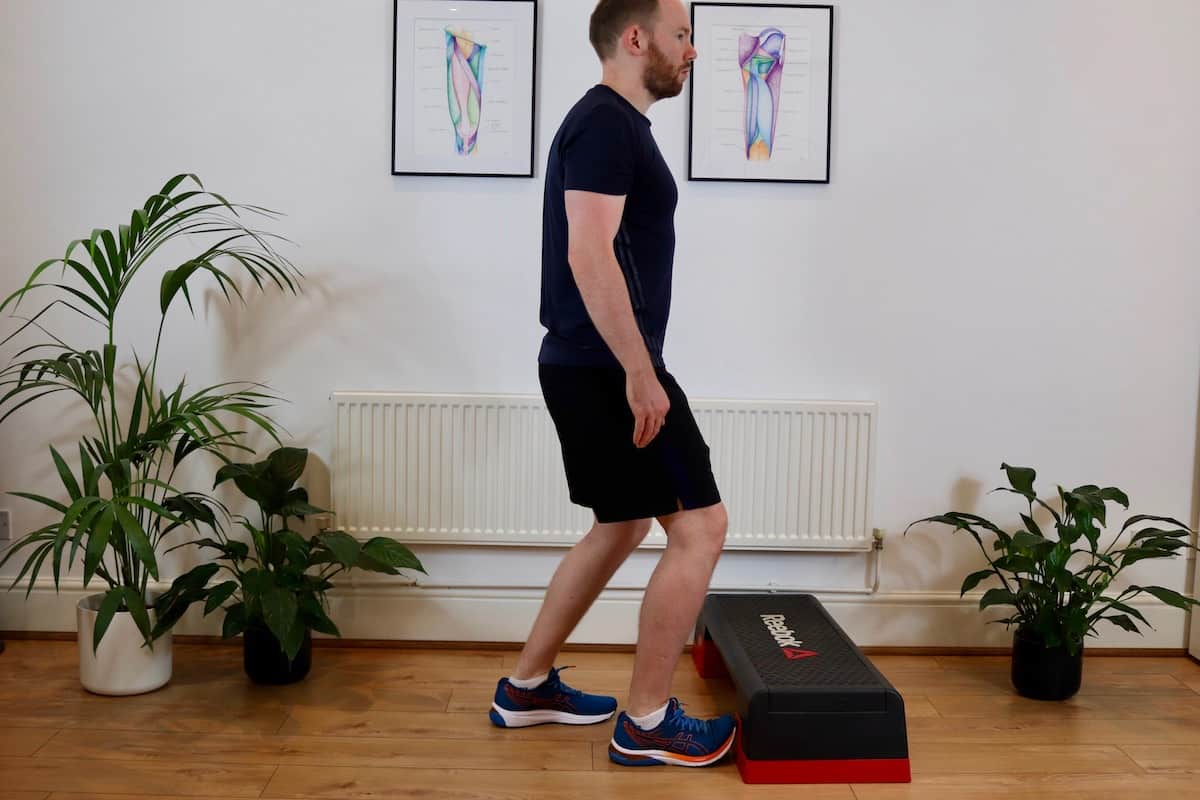
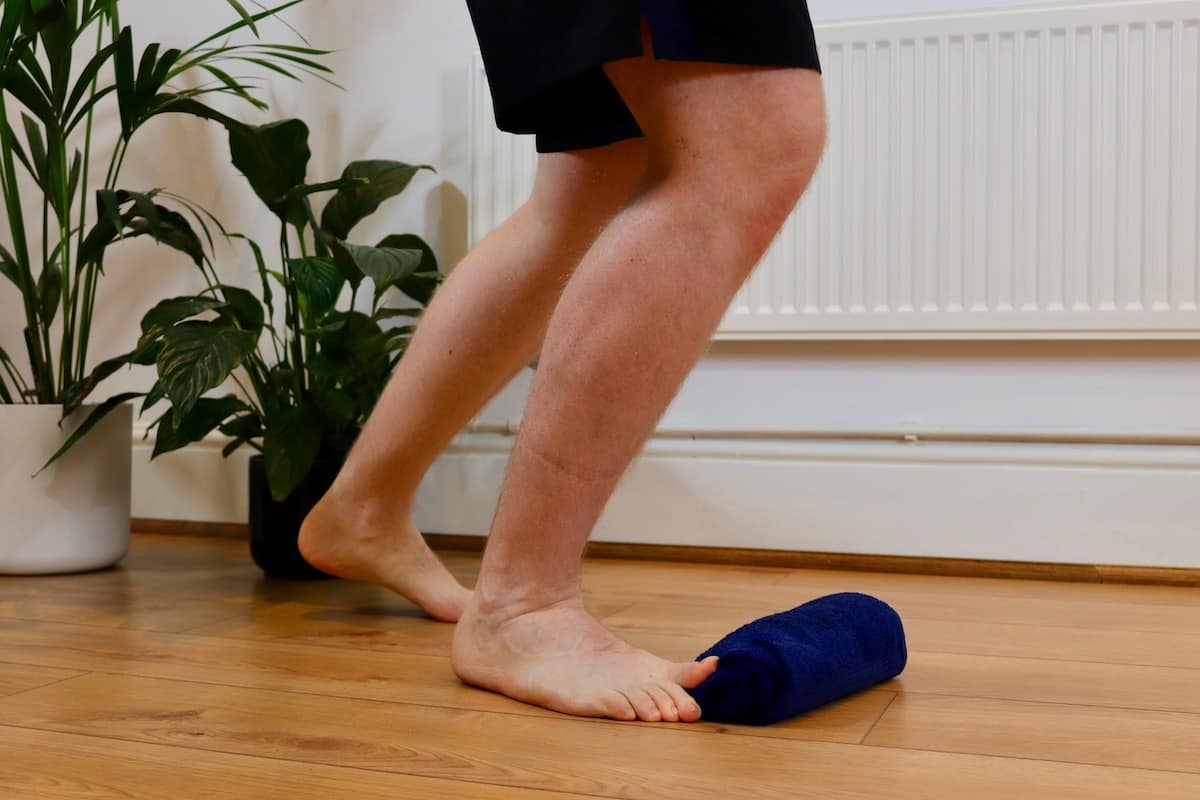
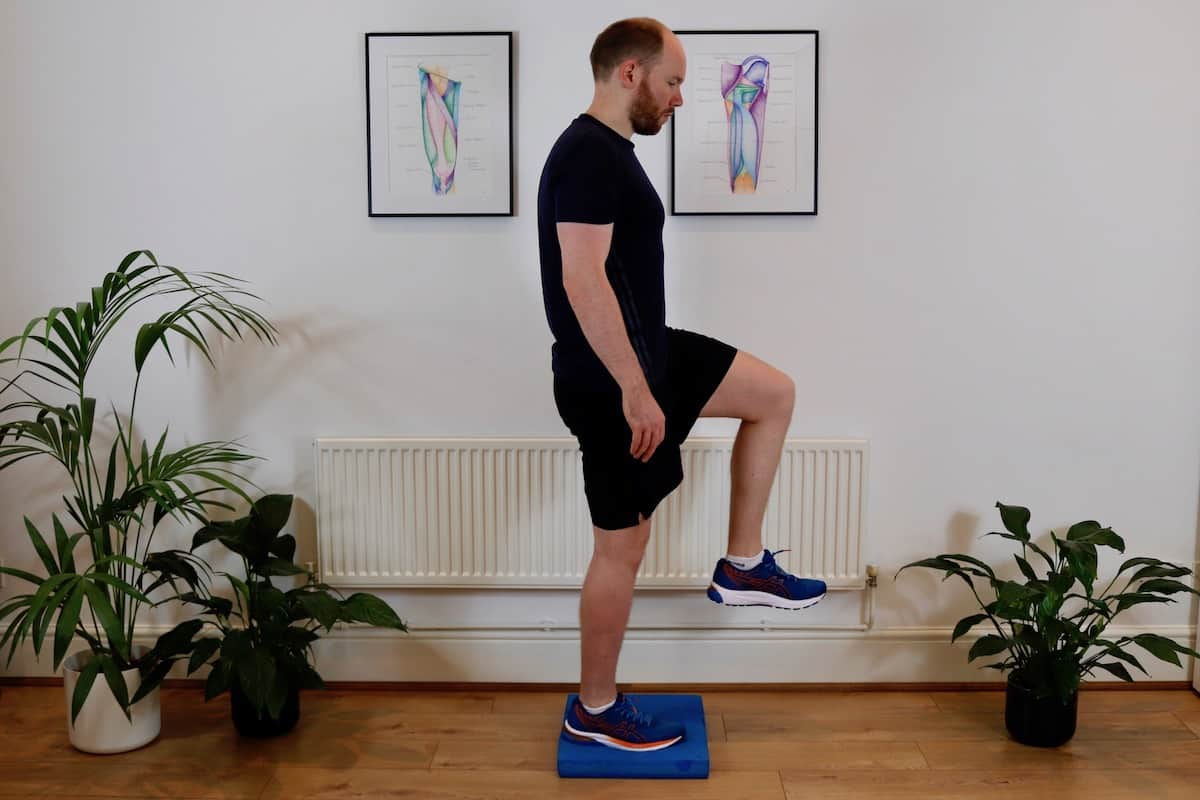
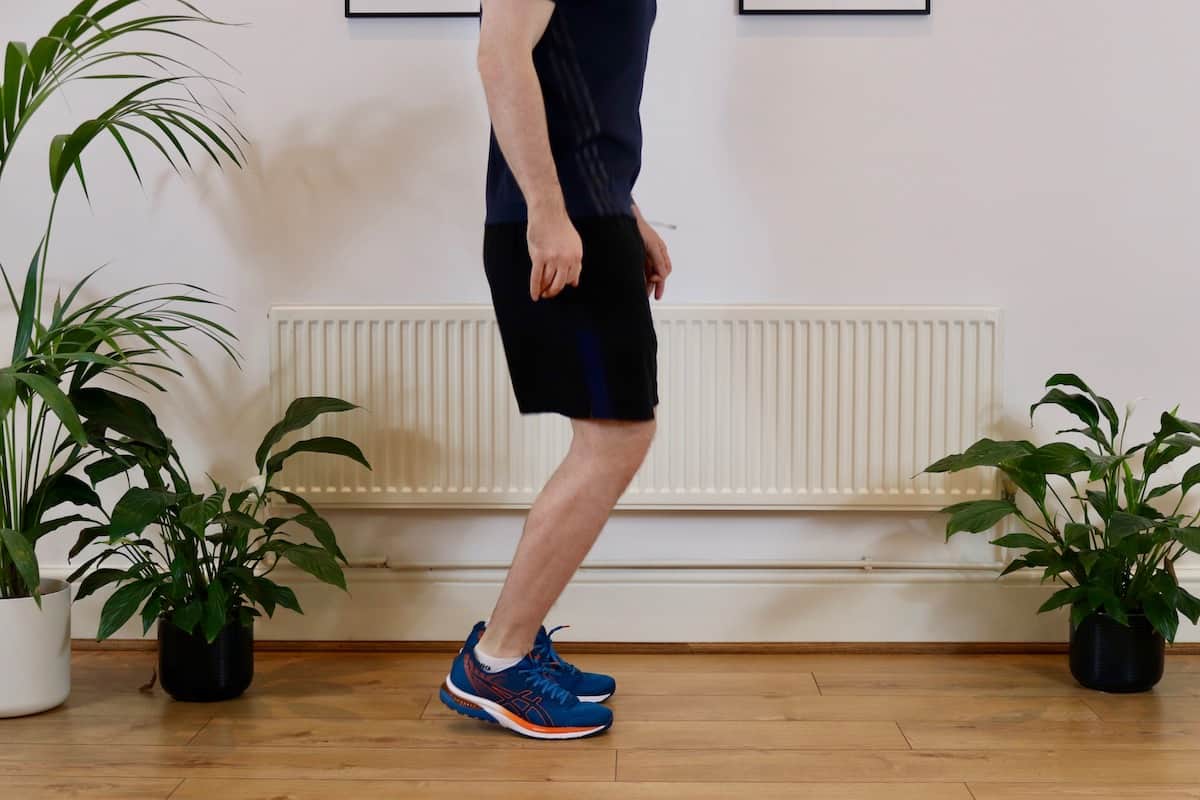
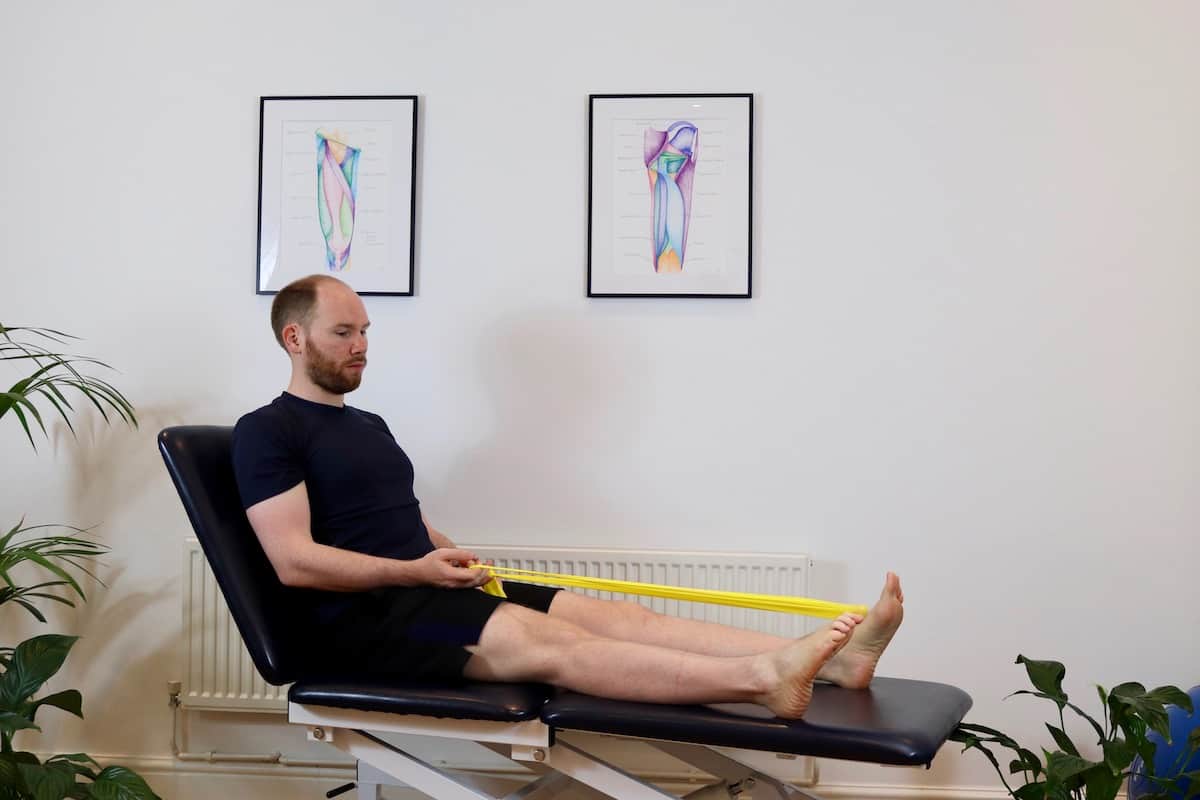
In general, if you have Hallux Rigidus, you should avoid any painful exercises on your big toe or those that are painful within 24 hours of performing them.
In our experiences, exercises to avoid with Hallux Rigidus are as follows:
This article is written by James McCormack, a Lower Limb Specialist who is an expert in treating Hallux Rigidus.
This is not medical advice. We recommend a consultation with a medical professional such as James McCormack if you are experiencing any of the symptoms discussed in this article. James offers Online Physiotherapy Appointments weekly and face-to-face appointments in his London clinic.